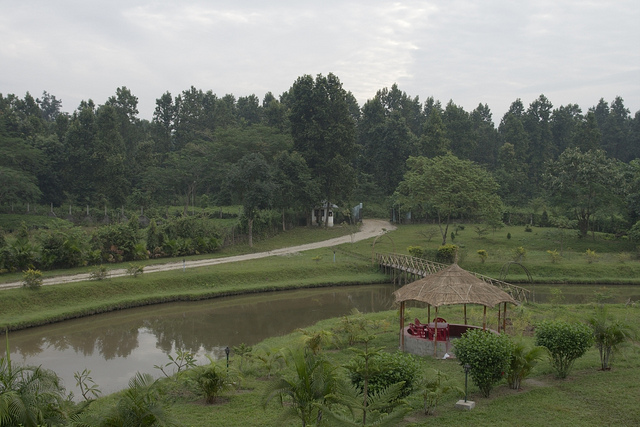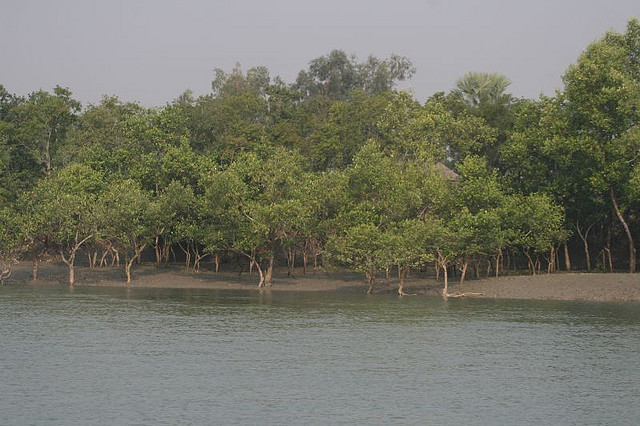Kalatope Wildlife Sanctuary
A tiny city renowned for its wildlife sanctuary, Kalatope is blessed with natural flora and fauna. Dense woody Deodar forest houses a natural habitat for so many estranged species of the animal kingdom. Since the forest is so dense that the probability of spotting the inhabitants are a rare chance. Apart from the wide range of fauna, this sanctuary also has a large folk of birds, which make it a delight for the ornithologists.


